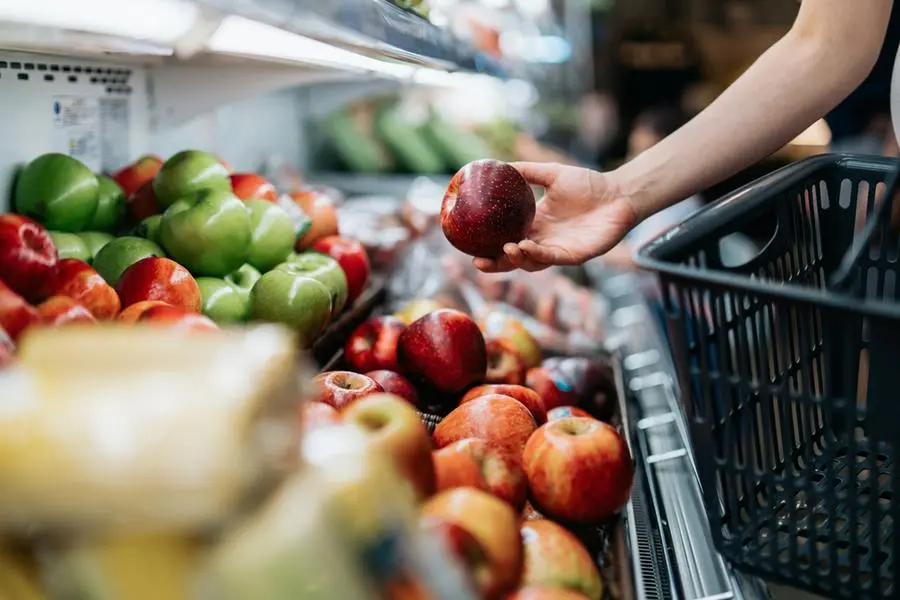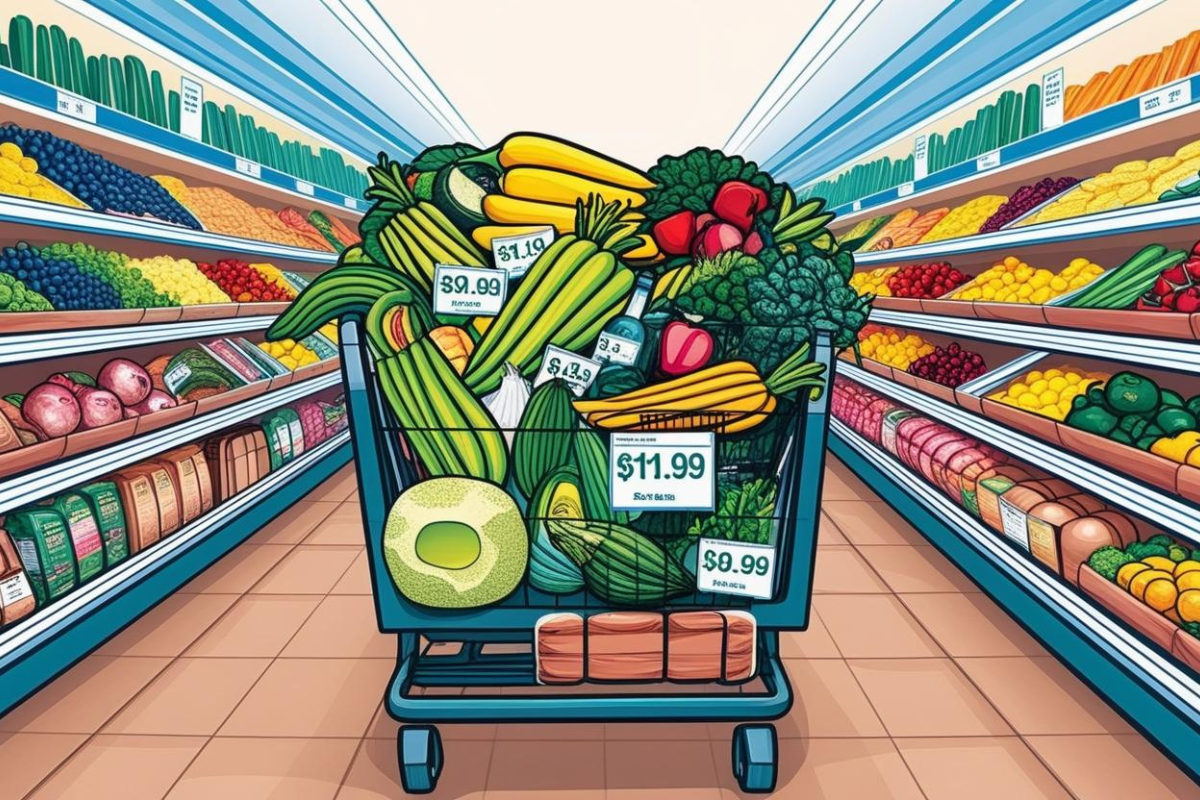Kuwait’s food prices may spike by 30% in 2025, according to several economic experts who are monitoring the country’s import costs, inflation trends, and global market dynamics. The forecasted increase has sparked concerns among residents, especially those in low to middle-income brackets, who may struggle with the rising cost of daily essentials.
The warning comes amid rising transportation fees, international supply chain disruptions, climate-related food shortages, and increasing demand for staple items across the Gulf region. Experts say this price hike could significantly affect food security and the overall cost of living in Kuwait.
Global Trends Influencing Local Prices

Kuwait, like many other Gulf nations, relies heavily on food imports. Over 90% of its food is brought in from overseas, making the country highly vulnerable to international price fluctuations. In recent months, the cost of shipping goods globally has risen sharply, fueled by conflicts in the Red Sea, oil price surges, and limited container availability.
“Global logistics are becoming more expensive, and Kuwait’s food prices will reflect those costs in the next year,” said Dr. Rana Al-Sabah, an economic analyst based in Kuwait City. “What we are seeing now is only the beginning of a broader inflationary cycle.”
Climate Impact on Agricultural Supply
Another major driver of this expected spike is climate change. Droughts in key agricultural exporters such as India, Australia, and the United States have led to a fall in crop production. This has reduced global availability of grains, rice, and fresh vegetables—core items in Kuwait’s import list.
“Supply is shrinking while demand remains the same or is even growing in some areas,” said Faisal Al-Mutairi, a food industry consultant. “This imbalance is likely to cause Kuwait’s food prices to rise steeply in early to mid-2025.”
Food Categories Most Affected
While the increase is expected to affect a wide range of items, some products may experience higher surges than others. Experts predict the following categories will be hit the hardest:
- Grains and Rice: Prices could jump by 35% due to low global harvests.
- Fruits and Vegetables: Expected to rise by 25%-30% as transport costs increase.
- Meat and Poultry: May see a 20%-28% rise due to higher feed costs and cold chain logistics.
- Dairy Products: Likely to become 15%-20% more expensive due to processing and storage issues.
These increases could place a major financial burden on Kuwaiti households, particularly families with more than five members.
Government Reaction and Planning
The Kuwaiti government is aware of these potential risks. A spokesperson from the Ministry of Commerce and Industry stated that price control mechanisms are being reviewed and revised to reduce the impact of global inflation on local markets.
“We are working closely with our trade partners and logistics providers to ensure essential food supplies remain available and affordable,” the ministry official said. “Subsidies for basic food products may be extended or increased in 2025 to protect vulnerable groups.”
There are also talks of improving local food production and storage capacities. However, experts believe such long-term solutions may not come in time to stop the immediate effects of global price inflation.
Impact on Families and Daily Budgets
Kuwaiti residents are already feeling the financial pressure. Many are worried that a 30% increase in food costs could force them to cut back on nutritious foods and increase their dependence on cheaper, processed alternatives.
“I already spend KD 200 a month on groceries for my family of four,” said Aisha Kareem, a schoolteacher living in Hawalli. “If food prices go up by 30%, we’ll need to spend over KD 250, which is hard when salaries aren’t rising.”
Financial planners recommend that families begin budgeting more carefully and look for cost-saving strategies such as bulk buying, reducing food waste, and shifting to local produce when possible.
How Consumers Can Prepare

To cope with the rising cost of food, experts suggest that residents take proactive steps:
- Plan Monthly Budgets: Allocate a fixed amount for groceries and stick to it.
- Buy in Bulk: Non-perishables like rice, flour, and canned goods can be stored longer and may be cheaper in bulk.
- Explore Local Alternatives: Support local farms and markets where prices may be more stable.
- Track Spending: Use apps or spreadsheets to monitor grocery spending and spot areas for improvement.
- Avoid Wastage: Practice better food storage and meal planning to prevent unnecessary waste.
“Preparation is key,” said economist Laila Dashti. “Residents who make smart choices now will be better positioned to handle the price increase when it comes.”
Possible Relief Options
Some relief could come from regional partnerships. Kuwait is currently discussing trade deals with neighboring countries that may allow for shared storage facilities or preferential import tariffs. These could help stabilize Kuwait’s food prices temporarily.
In addition, the Gulf Cooperation Council (GCC) is exploring joint strategies for food security. Proposals include creating a unified food stockpile and negotiating regional bulk import deals.
Final Outlook for 2025
While the 30% forecast may seem alarming, experts stress that it is still a projection, not a certainty. Much depends on global political stability, agricultural recovery, and how fast Kuwait can diversify its food sources.
Still, given the current signals from the international markets and ongoing economic challenges, the outlook remains cautious.
Kuwait’s food prices may spike by 30% in 2025, but the country can soften the blow through preparation, smart planning, and government support.
Also Read – Will Kuwait’s Technology Infrastructure Survive the Next 3 Years?


